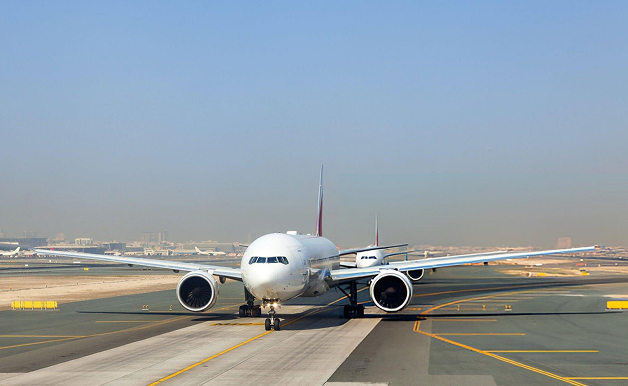
Mitigating Runway Incursions:
A Critical Imperative for Aviation Safety
- 21st June 2025
In the highly demanding domain of aviation operations, runway safety is an absolute, unyielding priority. Among the most significant hazards jeopardizing this critical safety element is the runway incursion – an event that, if not promptly managed, possesses the potential for rapid escalation into a severe accident. As global air traffic volumes continue to expand and airport operational complexities deepen, a thorough understanding and robust prevention of runway incursions are more crucial than ever.
Defining the Runway Incursion
The International Civil Aviation Organization (ICAO) formally defines a runway incursion as: “any occurrence at an aerodrome involving the incorrect presence of an aircraft, vehicle or person on the protected area of a surface designated for the landing and take-off of aircraft.” In practical terms, this encapsulates any unauthorized intrusion onto an active runway by an aircraft, vehicle, or personnel, thereby introducing an unacceptable risk to airborne and ground operations.
Categorizing Runway Incursion Scenarios
Runway incursions are typically classified into distinct categories, reflecting their origin:
- Operational Errors: These often stem from miscommunications or procedural breakdowns within Air Traffic Control (ATC) services.
- Pilot Deviations: This encompasses instances where flight crews inadvertently enter an active runway without explicit clearance.
- Vehicle/Pedestrian Deviations: This category includes ground personnel or vehicles encroaching onto designated runway surfaces without proper authorization.
Root Causes of Runway Incursions
The genesis of runway incursions is frequently a confluence of human factors, communication ambiguities, and diminished situational awareness. Common contributing factors include:
- Misinterpreted or Incorrect ATC Instructions: Ambiguous or misunderstood clearances issued by air traffic controllers.
- Crew Fatigue or Distraction: Compromised alertness or attentional focus among flight crew or ground personnel.
- Inadequate Aerodrome Markings or Lighting: Deficiencies in visual cues and navigational aids on the airfield surface.
- Reduced Visibility or Adverse Weather Conditions: Environmental factors that degrade observational capabilities.
The Consequences of Runway Incursion
The ramifications of a runway incursion can be catastrophic. Historically, some of aviation’s most devastating accidents, such as the Tenerife disaster in 1977, have been directly linked to runway incursions. Even in the absence of a collision, these incidents can precipitate:
- Significant Operational Disruptions: Leading to substantial flight delays and diversions.
- Mandatory Emergency Procedures: Requiring immediate go-arounds or urgent aborts, impacting operational efficiency and increasing workload.
- Elevated Collision Risk and Aircraft Damage: The potential for direct impact with other aircraft or ground equipment.
- Psychological Impact: Creating significant stress and apprehension for flight crews and passengers.
Strategic Imperatives for Prevention
The proactive prevention of runway incursions is a collective responsibility, necessitating a multi-faceted approach involving:
- Enhanced Pilot Training: A rigorous focus on developing and maintaining superior situational awareness and mastering precise radio communication protocols.
- Advanced ATC Surface Surveillance Systems: The implementation of technologies such as advanced ground radar and surface movement guidance systems.
- Optimised Aerodrome Infrastructure: Ongoing enhancement of airfield signage clarity and the effectiveness of runway lighting systems.
- Standardized Phraseology: Strict adherence to internationally recognized communication standards to preclude ambiguity.
- Dedicated Runway Safety Teams: The establishment of airport-specific, collaborative teams tasked with analysing potential risks and formulating preventative measures.
NBJ VIP’s Unwavering Commitment to Ground Safety
At NBJ VIP Ground Handling Ltd., safety is not merely an organisational value; it is an intrinsic cultural tenet. Our ground operations are meticulously managed with unwavering adherence to stringent international safety benchmarks. From comprehensive crew briefings and precise vehicle control protocols to the rigorous management of runway access, we ensure that every movement is authorized, continuously monitored, and communicated with absolute clarity.
Our operational philosophy is fundamentally anchored in Safety. Reliability. Excellence. We remain steadfast in our commitment to investing in ongoing training, regulatory compliance, and technological advancements, all to safeguard our runways and ensure the secure progression of every journey entrusted to our care.
